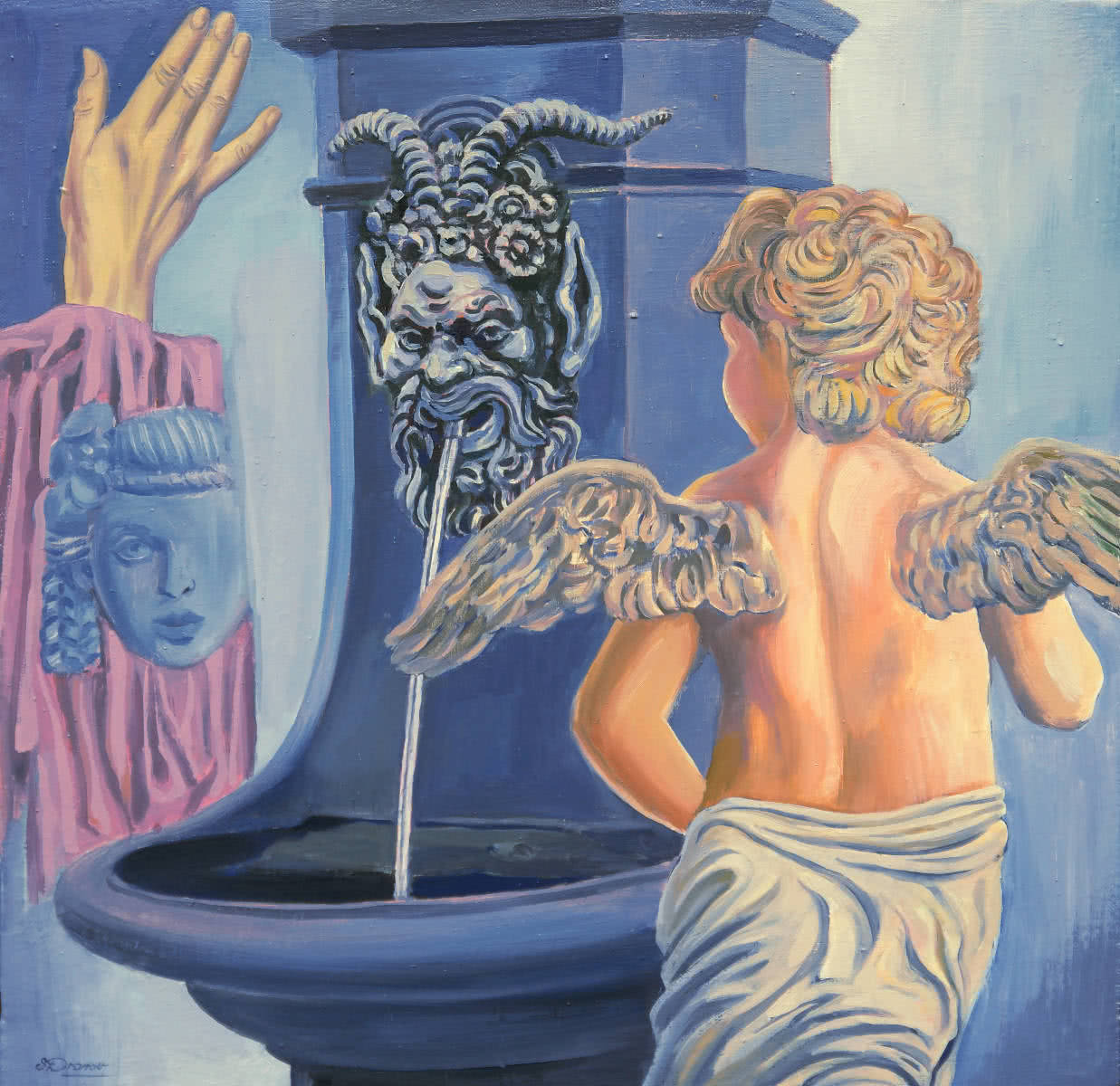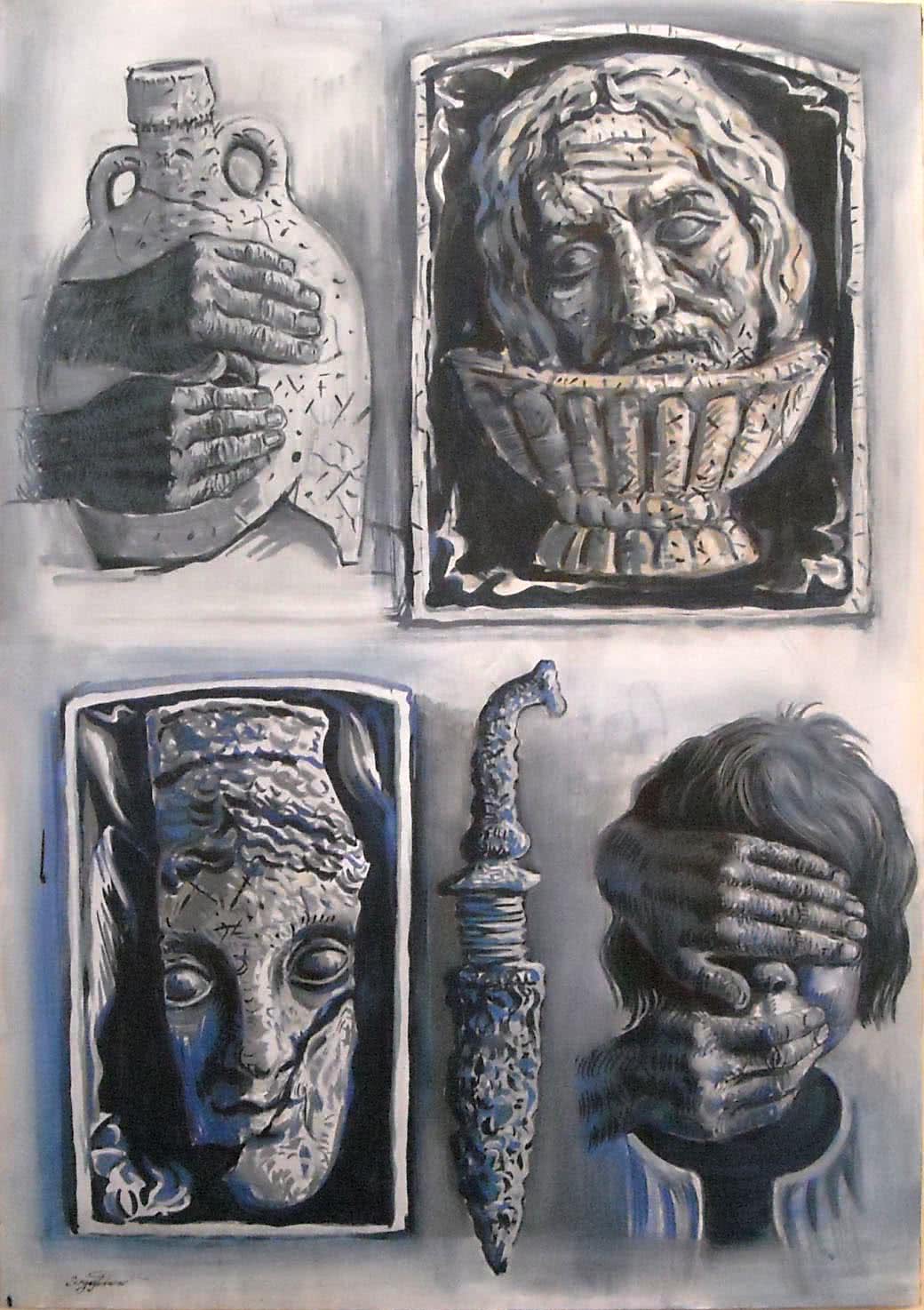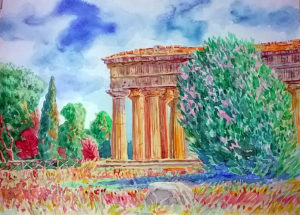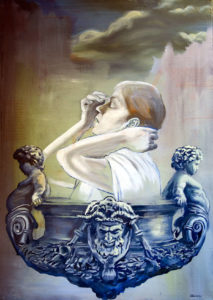What is the definition of classical art?
While there are many styles of art, including Contemporary, Abstract and Post-Impressionist, the term classical art refers to works of art dating from the Greco-Roman period up to the 18th century AD. In other words, Classical Art encompasses the major artistic periods in Western culture, including Greek and Roman sculpture and painting as well as Renaissance painting. To determine if something is classical art or not, you should focus on how it was created rather than on its specific style or subject matter.
Defining Classical Art
It’s not always easy to define what makes something classical, but one thing you can do is look at its history.
The works that came out of ancient Greece and Rome—including sculptures, paintings and architecture—are considered classical works. However, throughout time there has been some disagreement about which artists are counted among those ranks. In many cases, style was a defining factor; for example, although Michelangelo’s David could be seen as a breakthrough in realism and emotional detail by today’s standards, his style was considered classical during his lifetime because it looked back to classical Roman sculpture. In a nutshell, classical art is made up of sculptures and paintings that are mainly focused on depicting realistic images. It’s also known as formalism.



Ancient Greek Sculpture
The history of ancient Greek sculpture is divided into three periods: Archaic (c. 650–480 BC), Classic (c. 480–323 BC), and Hellenistic (323–31 BC). The Archaic period is generally considered to have lasted from approximately 650 to 485 BC, when [proto-]Doric architecture was developed and there was increasing prosperity in Greece.
Renaissance Sculpture
In contrast to classical sculpture, figures in Renaissance sculptures are presented in realistic and nuanced poses. With a greater focus on capturing movement and action than simply representing their subjects, early Renaissance artists made use of newly-developed technologies like bronze casting (which allowed for a greater degree of refinement) and linear perspective (which gave figures more dimensionality). As well, most Renaissance sculptors sought to capture human emotions in their work, as shown by Michelangelo’s David—an iconic sculpture that captures both vigor and grace. By combining these elements with newfound attention to light sources, early Renaissance sculptors were able to begin ushering in an era of expressionism while still using classical techniques.
Classical paintings

People often confuse classical with something that references Ancient Greece or Rome, but Classical art actually has a broader meaning. In general, it refers to anything made before about World War I, but there are several important movements within that timeframe worth noting as well. Some of them had very different ideas than artists today about what constitutes good art; for example, some classicists hated abstraction and even went so far as to destroy paintings they thought were too abstract (more on these conflicts in a bit). Before we talk about specific classicist movements, let’s first take a look at what defines classical works of all types.


